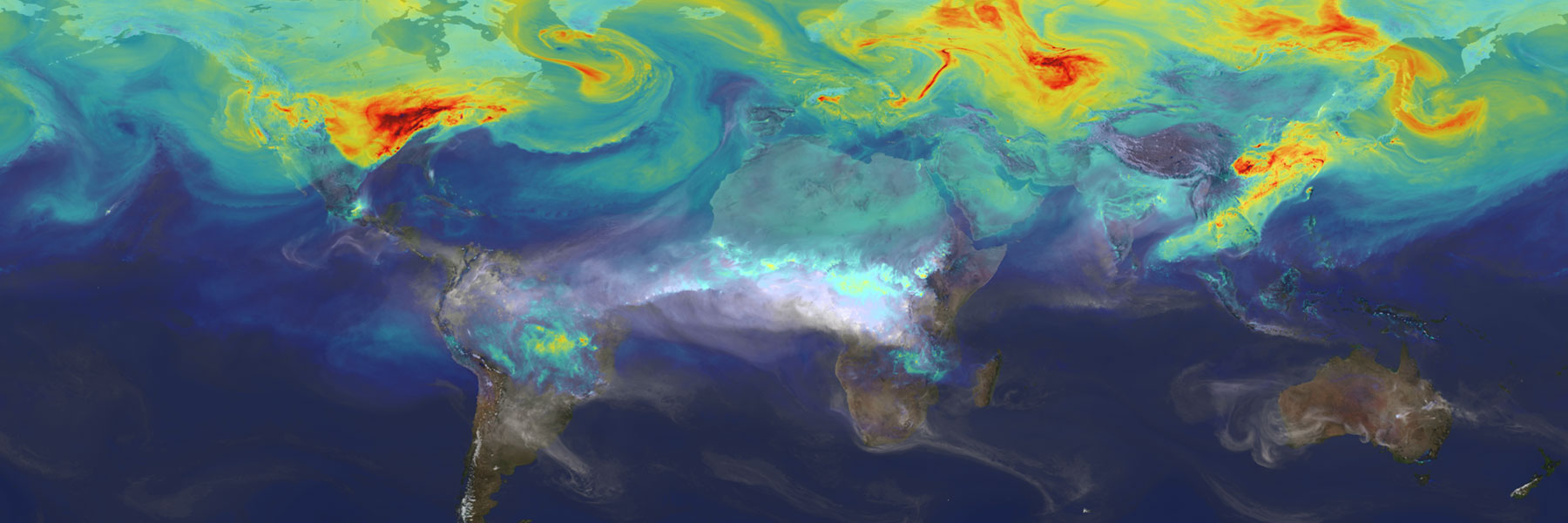Research Areas
Our research focuses on climate dynamics: understanding the response to perturbations in the climate system. We specialize in combining global climate, regional climate, and process model simulations with mathematical/engineering techniques to understand responses on a variety of temporal and spatial scales.
If you are interested in joining our group or working with us, please get in touch via the Contact page.







